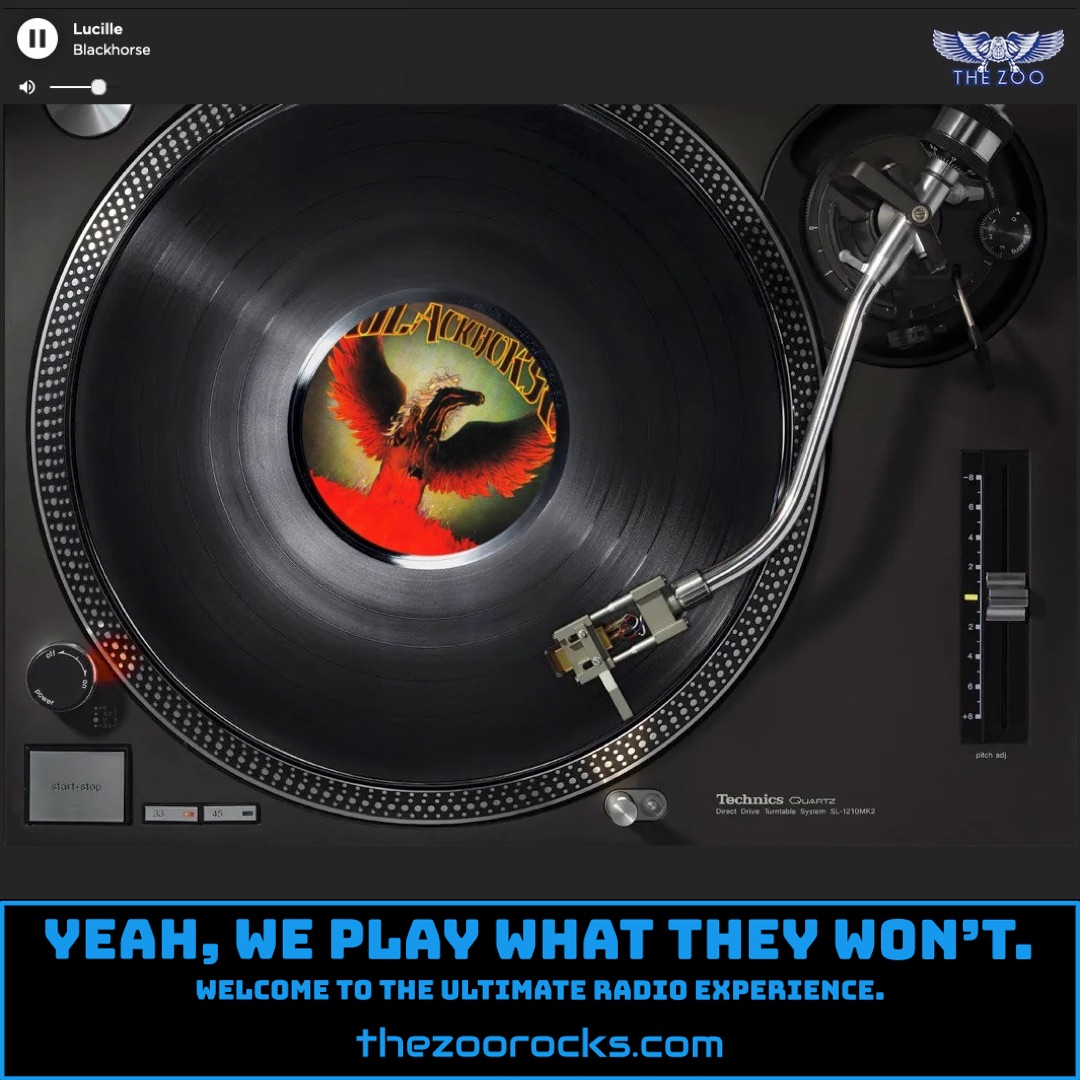The Needle and the Damage Done
Neil Young
Zoo Freaks, get ready for a deep dive into Neil Young’s haunting classic, “The Needle and the Damage Done,” from his 1972 album Harvest, spinning now on THE ZOO. This track, clocking in at just over two minutes, is a raw, acoustic lament about the devastating impact of heroin addiction. Young wrote it inspired by the struggles of his close friend and Crazy Horse bandmate, Danny Whitten, whose addiction led to his tragic overdose death in November 1972, shortly after the song’s release. In a 1971 performance at Massey Hall, Young introduced the song with a somber reflection, saying he’d seen “a lot of great musicians” fall to heroin, hinting at its personal toll. The song’s stark lyrics, like “every junkie’s like a settin’ sun,” hit hard, and its live recording at UCLA’s Royce Hall captures Young’s quivering tenor and lone guitar, making it a gut-punch that’s resonated for decades.
Here’s a wild story from the song’s orbit: during a 1994 incident at an Idaho prison, guards allegedly taunted death row inmates by blasting “The Needle and the Damage Done” during an execution by lethal injection—a twisted misuse of its message that sparked outrage. On a lighter note, the song’s influence endures, with covers by artists like Eddie Vedder, who delivered a faithful rendition for a 2025 Bridge School benefit album, and even a psychedelic 6-minute jam by Debra Devi’s band, which started as a spontaneous rehearsal riff. Young himself noted in his Decade anthology liner notes, “I am not a preacher, but drugs killed a lot of great men,” underscoring the song’s warning without sermonizing. Posts on X from fans, like one in 2018 on Reddit’s r/Music, show it still sparks emotional reactions, with thousands upvoting its raw power.
Now, let’s rewind to how Neil Young kicked off his legendary career. Born November 12, 1945, in Toronto, Canada, Young grew up in Winnipeg, where he began playing music as a teen, dabbling in folk and rock. By the early 1960s, he was gigging in local bands, honing his distinctive guitar style and high tenor voice. In 1966, he moved to Los Angeles and co-founded Buffalo Springfield with Stephen Stills and Richie Furay, blending folk-rock with raw energy on hits like “For What It’s Worth.” After the band split in 1968, Young went solo, signing with Reprise Records and releasing his debut album in 1969. His second album, Everybody Knows This Is Nowhere, backed by Crazy Horse, cemented his reputation with tracks like “Cinnamon Girl.” Young’s genre-hopping—folk, rock, country, and later grunge—kept him unpredictable, earning him the nickname “The Loner” and a spot as one of Rolling Stone’s top guitarists.
Young’s online presence keeps the Zoo Freaks connected. His official site, Neil Young Archives, is a treasure trove of music, videos, and rare recordings. You can catch updates on his Facebook, where he shares tour news and archival releases, or follow his Instagram for behind-the-scenes snaps and vintage photos. On X, Young’s posts often mix music drops with environmental advocacy, reflecting his Farm Aid roots. Fans gather at sites like Thrasher’s Wheat, a long-running fan hub with discographies and concert reviews, or join vibrant discussions in the Neil Young Fans Facebook group, where devotees swap stories and setlists. So, Zoo Crew, keep those records spinning, and let’s vibe with Neil’s timeless sound!

